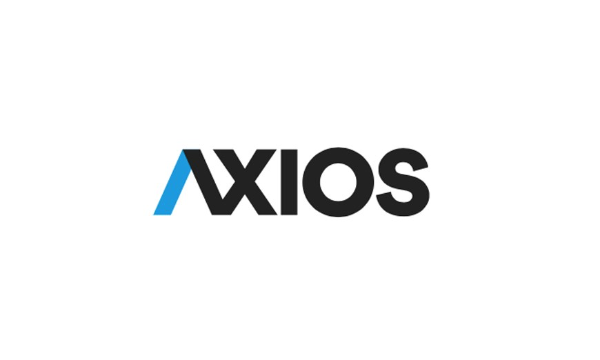
Donald Trump is asking Congress to slash federal financial aid for low-income students as he works to offset the expected multi-trillion-dollar cost of his flagship tax cuts.
In its annual budget request for 2026, the Department of Education proposed reducing the maximum payout of Pell Grants by 22 percent, from $7,395 to $5,710.
Meanwhile, more stringent college credit requirements proposed in Trump's 'One Big Beautiful Bill' would reportedly affect more than half of all Pell Grant recipients and deny access completely for around 10 percent.
The non-partisan Congressional Budget Office estimates that the Bill in its current form would add roughly $2.4tn to the U.S. government deficit between now and 2036 — largely due to extending Trump's 2017 tax cuts, which were skewed towards the richest Americans.
The White House has pushed back on that figure, claiming that merely renewing previous tax cuts should not be counted as an extra hit to the deficit.
Who receives Pell Grants?
A Pell Grant is a permanent financial award for first-time undergraduate students with few monetary resources, established in 1965 by the Higher Education Act. Unlike student loans, they never need to be repaid.
While Pell Grants by themselves rarely pay for a full undergraduate degree, they can be supplemented by other programs and form a key part of low-income students' overall aid package.
Nearly 40 percent of undergraduate students received Pell Grants in the 2019-20 academic year, according to the Department of Education. Of those recipients, at least 20 percent are estimated to attend community college.
Who would Trump's cuts affect?
Technically, the DoE's new budget request merely keeps Pell Grant funding at the same level as it was in 2024 and 2025. But because the number of people seeking grants has risen since then, that would mean cutting the maximum award to $5,710.
Mark Kantrowitz, an independent higher education expert, told CNBC the change would add about $6,500 on average to the debt burden of Pell Grant recipients who earn bachelor's degrees.
The DoE is also proposing to cut its federal work-study program, which helps eligible low-income students keep and maintain part-time jobs by subsidizing their wages. Instead of covering up to 75 percent, the government would now pay only 25 percent.
Separate provisions in the so-called “Big Beautiful Bill” would reportedly increase the number of course credits required to get the maximum Pell Grant from 12 per semester to 15 for part time students and from 24 to 30 for full time students, as well as cutting off less than half-time students completely.
According to the Budget Office, that would reduce grants for more than half of Pell recipients and render about 10 percent of current recipients entirely ineligible.
Unlike Trump's budget request, the Bill also proposes additional funding for Pell Grants overall, so it's not clear how these two sets of provisions would combine.
Trump has also said he wants to dismantle the DoE itself, which could disrupt existing student loans for past students.
Musk declares war on Trump as split over ‘big, beautiful’ bill gets personal
New analysis says Trump budget plan will take from poorest 40 percent to give to wealthy
Mass deportations from Trump’s Big, Beautiful Bill could quietly cost U.S. over $1.4 trillion
Trump mobilizes 700 Marines to respond to LA anti-ICE protests: Live updates
California labor leader charged with impeding officer during immigration crackdown
NBC News reporter who Trump border czar called ‘very dishonest’ fires back







